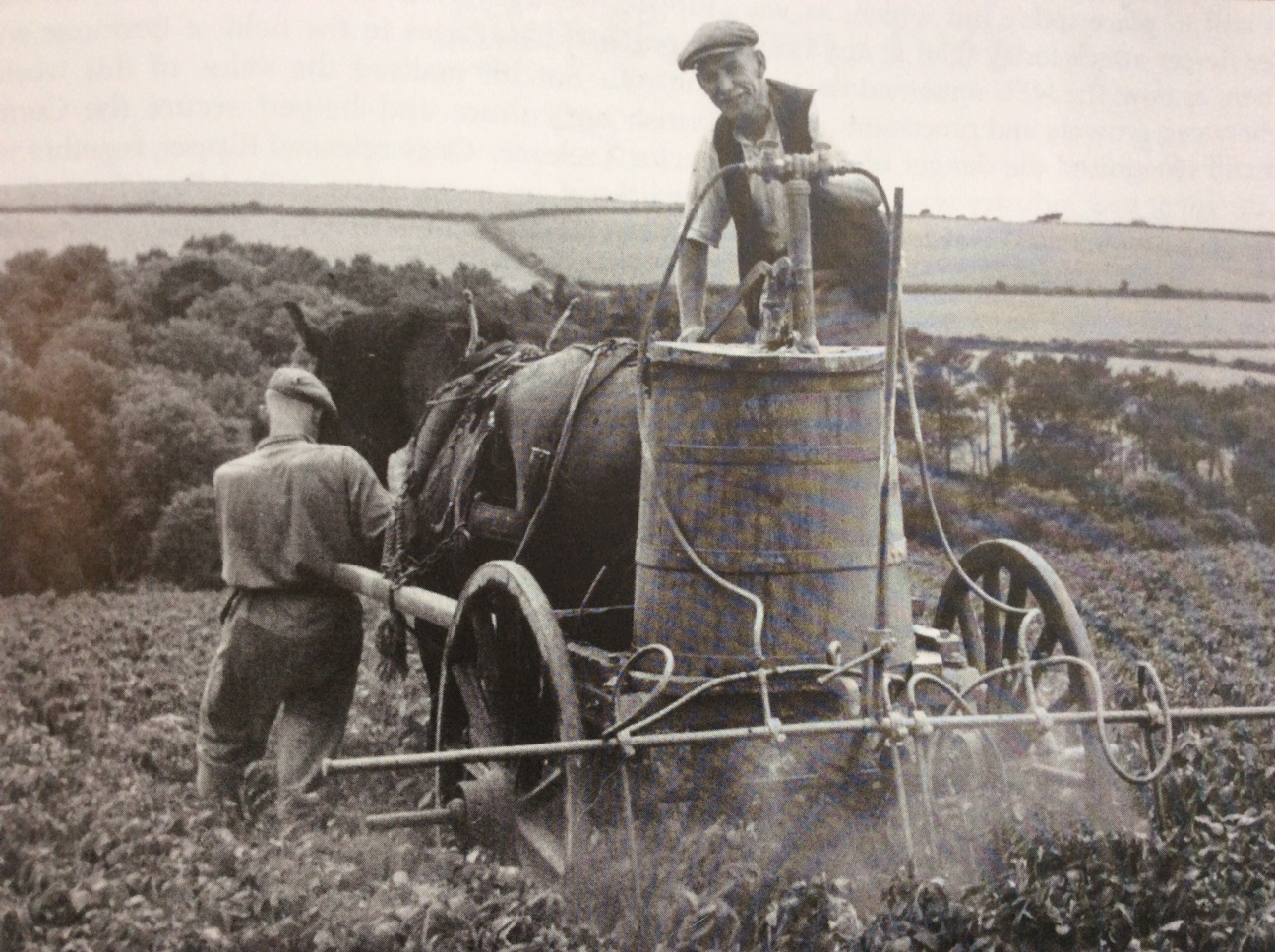 It feels like the battle to hang onto key crop protection actives has hotted up again. Neonicotinoids, diquat, CIPC, thiram and metaldehyde are all heading for the exit door along with a list of others. And if rumours are to be believed it’s only a matter of time before we lose chlorothalonil.
It feels like the battle to hang onto key crop protection actives has hotted up again. Neonicotinoids, diquat, CIPC, thiram and metaldehyde are all heading for the exit door along with a list of others. And if rumours are to be believed it’s only a matter of time before we lose chlorothalonil.
What’ll make this all the more challenging is that it will put resistance pressure on what we have left. The neonic ban will undoubtedly hasten the demise of pyrethroids already suffering from resistance. While the loss of metaldehyde is mitigated by the fact we have ferric phosphate, we’re now placing slug control on just one active whereas a few years ago there were several strings to this bow. Of biggest concern when it comes to resistance is the possible loss of chlorothalonil. It’s multi-site activity has clearly kept a host of other wheat fungicides effective.
What concentrates the mind is the fact this latest barrage of bans comes as we are leaving the EU. The hope that some had that if we were free of increasingly arbitrary EU regulation then we would not lose so many actives in the future has rather been dashed by the fact that our government seems to be keen on carving out an anti-pesticide reputation. Metaldehyde has been banned solely by the UK while it remains authorised across the rest of the EU. Similarly, neonic seed dressing for sugar beet has been allowed for derogated use in a string of other EU countries but was rejected by Defra.
Meanwhile beyond the EU the list of actives widely used abroad but banned at home grows ever longer. It never ceases to amaze me that good old paraquat, banned over ten years ago here, seems to be used with increasing gusto elsewhere. One of the more ‘niche’ websites I’ve visited is the ‘Paraquat Information Centre’ where you can learn about all the wondrous ways it helps food production elsewhere in the world. I note under ‘sugar’ it’s says ‘paraquat can be used to desiccate the crop by spraying by air 3-14 days before harvest.’ Just to repeat the startling bits there – ‘by air three days before harvest.’

Surely things have moved on since the days when application procedures for some pesticides posed a serious health and environmental risk?
Obviously it’s a fair shout for UK farmers to urge governments to ban imports of food stuffs that use pesticides banned in the UK. But having recently been to the WTO in Geneva it’s clear that restricting imports on what are called ‘phtyo-sanitary’ grounds is less than straightforward under WTO rules. This fact is well illustrated by the fact that currently even in the agriculturally protective EU we import all manner of food stuffs where actives banned in the UK are used. For instance, sugar cane, as above, is landed into the docks on the banks of the Thames on a regular basis.
All this makes me wonder if UK farmers need to think differently about the way we lobby over pesticide regulation. For instance, I note that one of the reasons diquat was banned was because of ‘operator and bystander exposure’. In that case would it be allowed if it was only used where controlled transfer systems, low drift nozzles and margin buffer strips were in place? Similarly, the CEH report that put the final nail in the neonic coffin reported that while neonics were a threat to bees its use would be more than mitigated if farmers used it alongside pollen-rich strips. Maybe we should push for this sort of conditionality. Finally, as image-recognition camera technology starts to be added to spray booms, should this increased targeting be considered when regulators evaluate actives for reauthorisation?
We desperately need to remind regulators that UK farmers have a world beating record when it comes to professional pesticide use. We apply these materials with increasing precision. At times you suspect a misperception that we are applying them hanging out the backs of Landrovers with watering cans.




